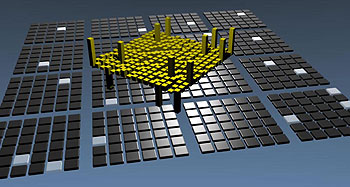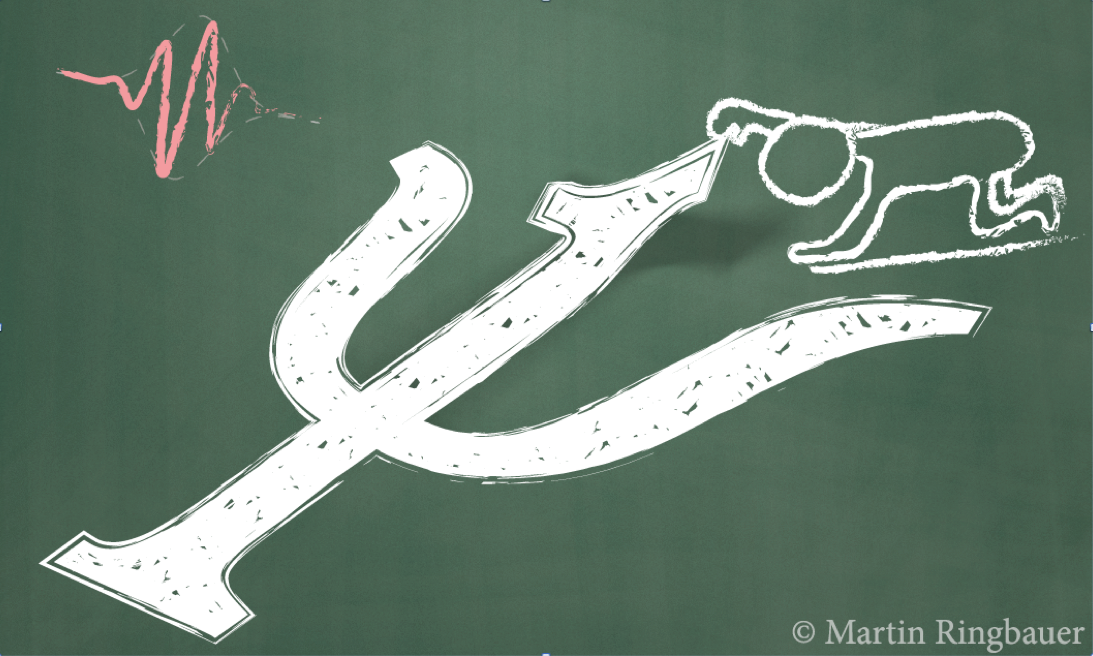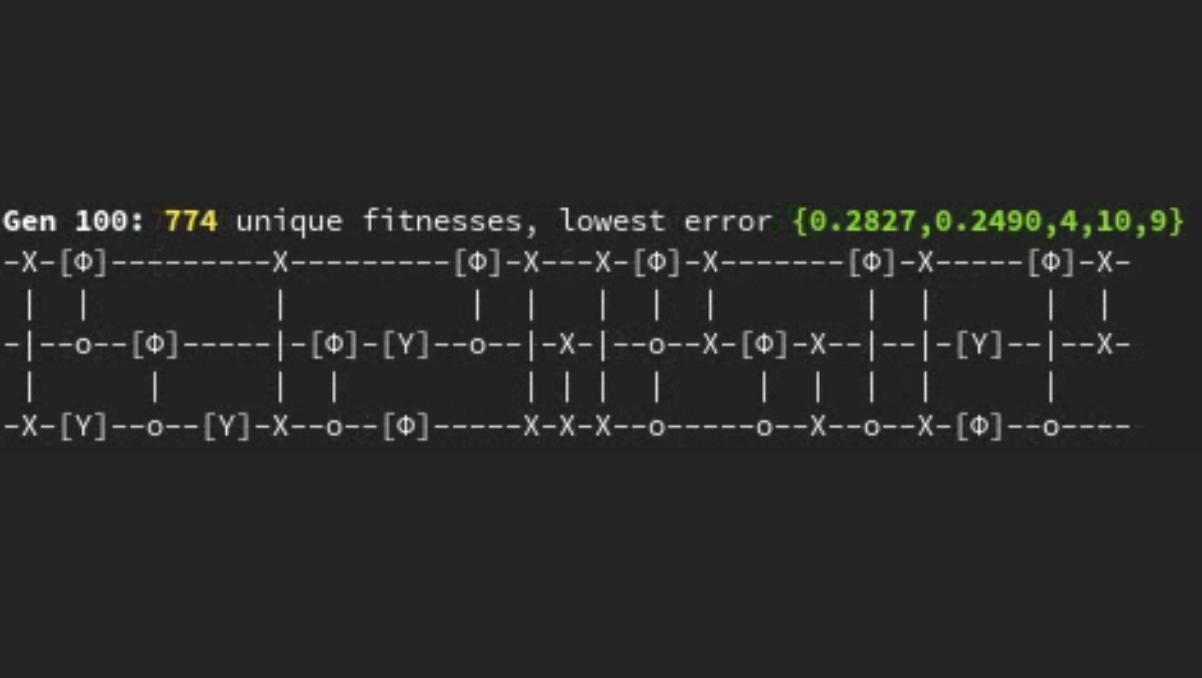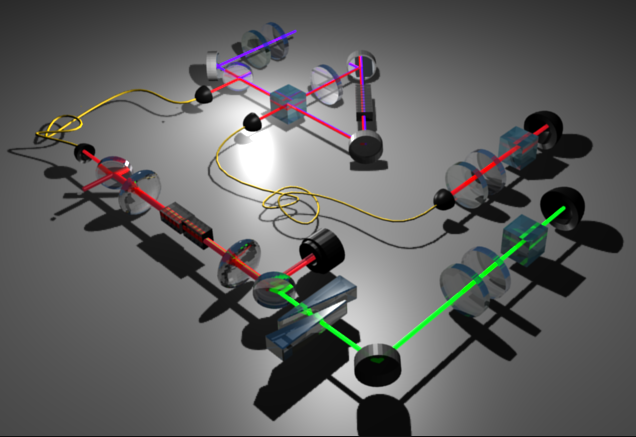
About the EMQL
Our research focuses on the development of photonic quantum technology and its application to experimental quantum information processing—from foundational research to quantum communication, computation and metrology. Quantum technology is now on the brink of delivering devices that can surpass the capabilities of their classical counterparts. Photonics plays a key role in this quantum revolution, providing a scalable quantum processing platform in its own right, but also due to its unique ability to coherently connect other physical architectures. Our goal is to drive all facets of this development, from improving primary photonic capabilities to creating scalable hybrid quantum systems.
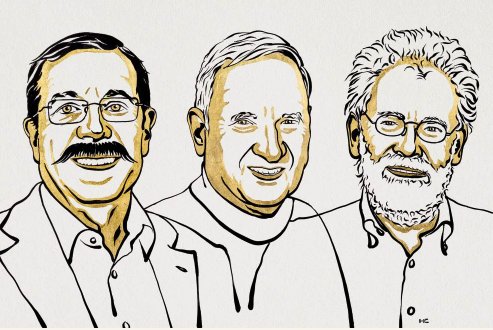
Physics Nobel prize for entangled photons
- Posted OnOctober 14, 2022
- By admin
The 2022 Nobel prize in physics was awarded jointly to Alain Aspect, John Clauser, and Anton Zeilinger, “for experiments with entangled photons, establishing the violation
Read MoreSelected recent publications
A highlight in 2023 has been the demonstration of quantum key distribution over a 175 km fibre link with a telecom-converted quantum dot, published in Nature Communications. A crucial contribution in this work is that thanks to our collaborators at Strathclyde, we improved the rates achievable in a finite key regime by a whopping 8 orders of magnitude. Essential reading for anyone working with non-ideal single-photon sources.
Quantum networking is high up on the EMQL agenda. We focus on networking protocols which derive a genuine advantage from multi-party entanglement. A major milestone in this direction was our 2021 Science Advances paper “Experimental quantum conference agreement” in which we generated secure conference keys from 4-party GHZ states transmitted over up to 50 km of telecom fibre.
Our Science Advances paper “Experimental test of local observer independence” was highlighted as one of the ’12 most important and stunning quantum experiments of 2019′ by online science aggregator Live Science. It was the first experiment to explore the role of a quantum observer in an extended Wigner’s friend scenario as proposed in breakthrough work by Daniela Frauchiger & Renato Renner and by Caslav Brukner.
For a list of all our publications, see here.
Single-emitter quantum key distribution over 175 km of fiber with optimised finite key rates
Christopher L. Morrison, Roberto G. Pousa, Francesco Graffitti, Zhe Xian Koong, Peter Barrow, Nick G. Stoltz, Dirk Bouwmeester, John Jeffers, Daniel K. L. Oi, Brian D. Gerardot & Alessandro Fedrizzi
Experimental quantum conference key agreement
Massimiliano Proietti, Joseph Ho, Federico Grasselli, Peter Barrow, Mehul Malik & Alessandro Fedrizzi
Experimental test of local observer independence
Massimiliano Proietti, Alexander Pickston, Francesco Graffitti, Peter Barrow, Dmytro Kundys, Cyril Branciard, Martin Ringbauer & Alessandro Fedrizzi
